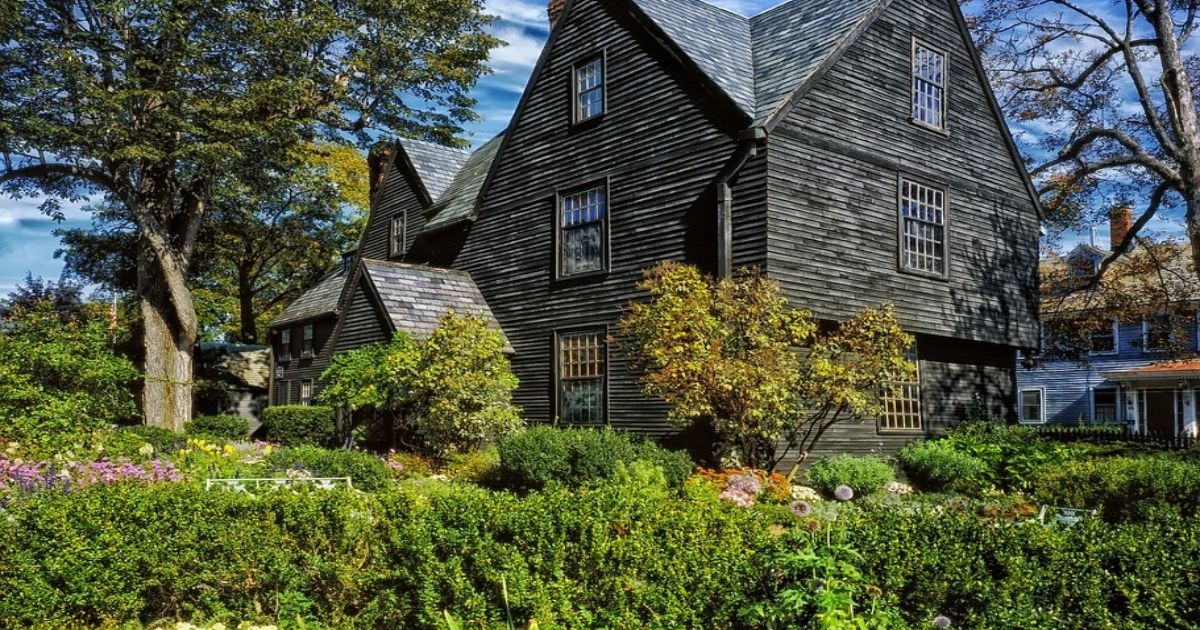MIAMI.- History is full of surprises and many times what triggers an episode are beliefs shrouded in obscurantism and ignorance, unleashing persecution and death as happened with the so-called Salem witches with a trial that claimed 19 lives.
On this day, February 8, 1692, a Salem doctor denounced two women for being witches. With that complaint, a persecution was unleashed. This witch hunt at the end of the 17th century shook Salem, a small fishing community in the English colony of Massachusetts.in what a century later would be the United States.
The doctor of that small community “diagnosed” that two girls were possessed by the devil and from there, there was a true search for witches that included imprisonment, torture and executions by hanging.
Doctor William Griggs, perhaps scared by the importance of the characters linked to the girls, had to look for the origin of the strange behaviors of the daughter and niece of the city’s spiritual leader, the Reverend Samuel Parris.
That day, after examining the two girls, Dr. Griggs ruled: “There is no physical problem that causes this behavior. There is no doubt that it is the direct influence of the devil,” ruled the man of science.
From there a chain reaction of accusations and trials occurred, which left a balance of 19 hanged and more than 150 imprisoned.
The Salem Trials
The case went down in history as “the Salem trials.”” and became an example of what obscurantism and credulity can do to a people, because where “witchcraft” was said, what actually occurred was a cocktail of events, which in the light of scientific data, were related to other causes.
The events of Salem occurred at the end of the 17th century, when the “witch hunt” had been practically abolished in a Europe that was beginning to become enlightened with scientific discoveries.
Over the years, several hypotheses were woven to explain the girls’ behavior. By 1692, Sigmund Freud had not yet been born, much less developed his concept of “conversion hysteria”, in which a psychic trauma causes physical symptoms, he claimed to have also been a cause. But although it is applicable to an individual case, it is difficult to translate it to a collective situation, according to the data.
The list of witches increased
Another possibility about the triggering factor, which would explain the collective nature of the girls’ behavior, can be found in bread.
The girls were caught in the forest dancing naked and then began to have other strange behaviors: They had seizures, said nonsense, uttered strange words, and had frequent crying spells.
They blamed the slave Tituba for having initiated them into satanic rites. Rumors also came that there was another “witch,” an old woman, and later they pointed out to a homeless woman that she was pregnant and no one knew by whom. And more names were added to that list, especially women. But there were also men identified.
According to a scientific hypothesis, the girls behaved in that incoherent and inexplicable way because they were affected by ergotism, a disease caused by ergot poisoning, a fungus that grows on the rye (cereal) with which the slave, who cared for the young girls, , made the bread.
In any case, the theories about what could have been the triggering factors for the strange behavior of the Salem girls could never justify the “witch hunt” that unleashed terrible consequences, which is why today is commemorating a regrettable episode in history.
In 1703 the Massachusetts State Court rejected almost all of the evidence presented during the Salem Trials and In 1711, justice ordered compensation to be paid to the families of the victims of that trial.
Source: NATIONAL GEOFRAPHIC/ INFOBAE/ EL ESPAÑOL/ DIARIO LAS AMÉRICAS EDITORIAL





